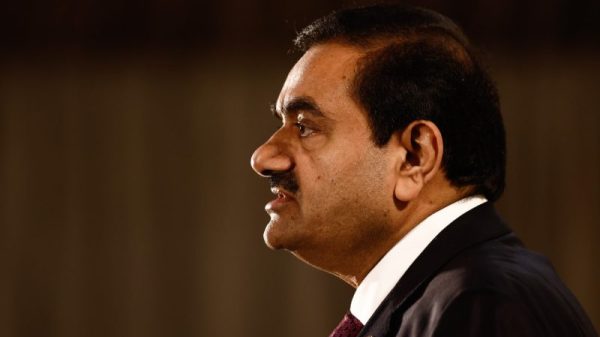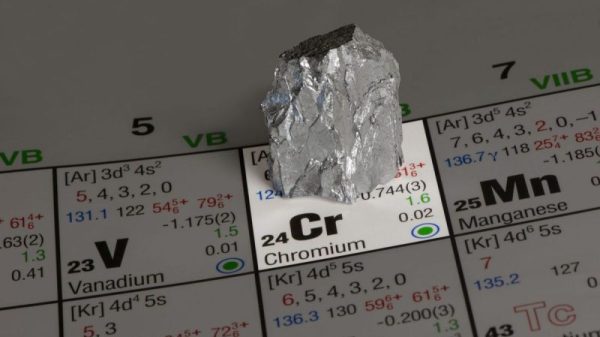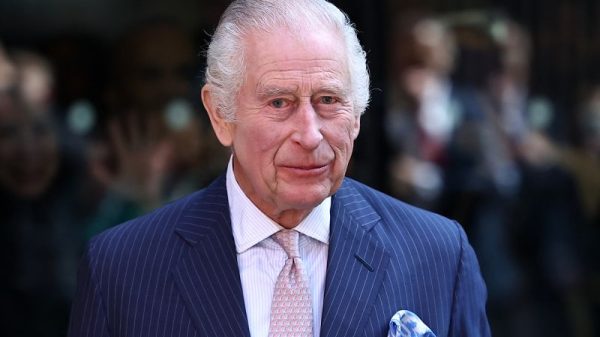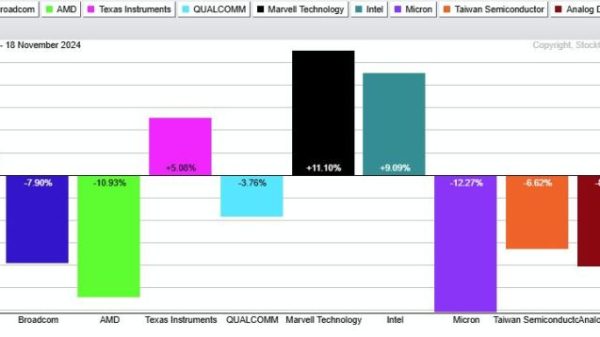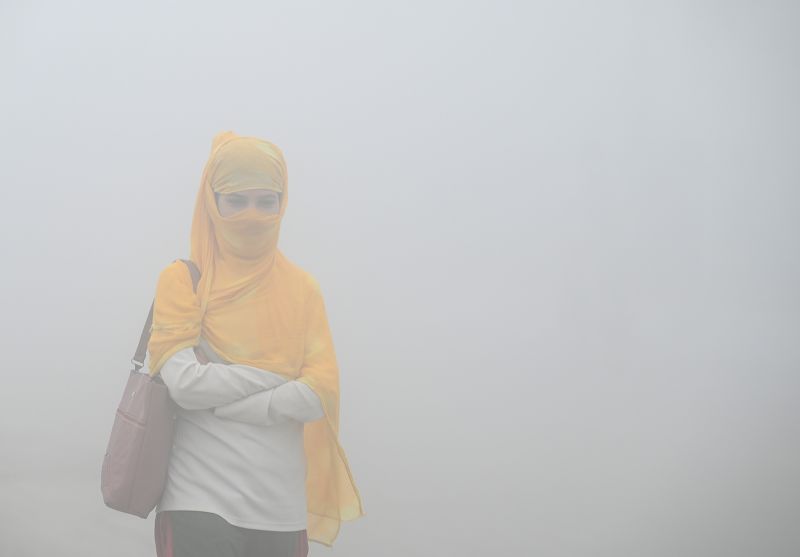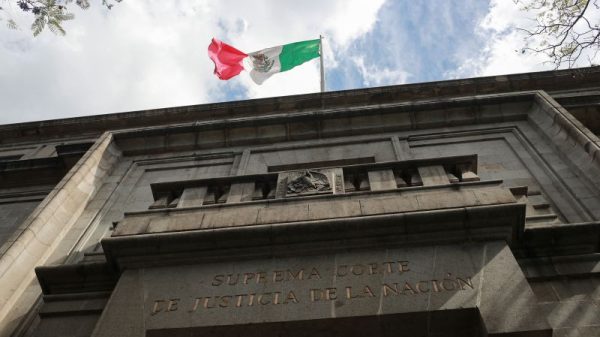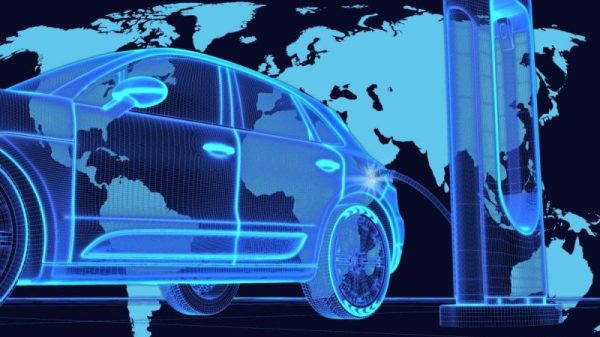Living in a city is often synonymous with a higher average quality of life, better job prospects, and access to advanced infrastructures. However, in some cities around the globe, these luxuries come at a hefty price—pollution. Delve deeper into the poignant reality of life in the world’s most polluted city, where breathing becomes an exhaustive challenge rather than an involuntary life process.
Our focus is on New Delhi, India—the city that topped the World Health Organization’s (WHO) list for the world’s most polluted city. Despite holding significant historical culture, politics, and economic value, New Delhi’s air quality poses severe threats to human health and well-being.
The city experiences brutal levels of air pollution, majorly due to the particulate matter 2.5 (PM2.5), tiny particles in the air that reduce visibility and cause the air to appear hazy. The acceptable limit for PM2.5, as set by the WHO, is 10 µg/m3. But in New Delhi, this level sometimes shoots up over 900 µg/m3. It’s equivalent to smoking 50 cigarettes a day, making the air practically unbreathable. The thick smog that hovers over the city has metamorphosed the skyline into a grey palette of toxic fumes.
Human activities are the leading causes of this harrowing pollution. Vehicle emissions, industrial smokestacks, and open burning of garbage contribute heavily to the respective particulate matter. Additionally, practices like burning crop residues, commonly known as ‘stubble burning,’ exacerbate this air toxicity during the winter months.
New Delhi’s geographical location also adds to these woes. The city is landlocked with scant winds that could potentially dispel the pollutants. Coupled with the cold winter temperature, the pollution particles sink closer to the ground, creating a lid of toxic haze over the city.
Living in such adverse conditions is impacting the health of its residents drastically. Diseases such as cardiovascular and respiratory problems have seen an alarming spike. Children under the age of five are majorly affected, contracting severe problems like stunted lung growth and cognitive impairment.
Life in New Delhi, amidst this brutal pollution, is a constant struggle. Masks and air purifiers are no longer luxury commodities but essential survival tools. Outdoor activities have become limited; schools are often shut down, disrupting the educational growth of children.
Despite the dire situation, there is a ray of hope. Conscious and sustained efforts are underway to curb this menace. Measures like banning older polluting vehicles, halting construction activities during peak pollution periods, and promoting cleaner alternative fuels are being gradually implemented.
Battle against pollution is a long-drawn one, requiring collective responsibility and aggressive policymaking. While the air in New Delhi is toxic today, the fight for a cleaner, healthier future continues. Living with such alarmingly high pollution is a stark reminder that our actions have direct consequences on our environment—profoundly influencing our health, lifestyle, and ultimately, our survival. With sustained efforts and a shift in attitudes, hope for a healthier New Delhi is more than aspirational—it’s essential.




